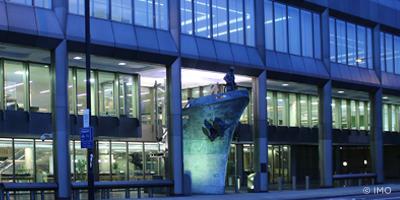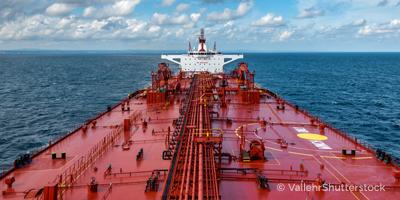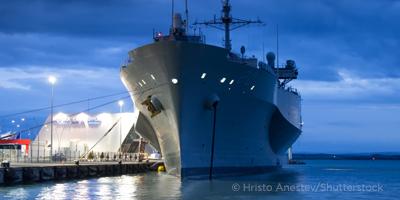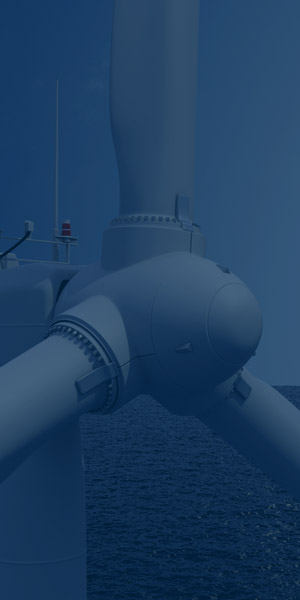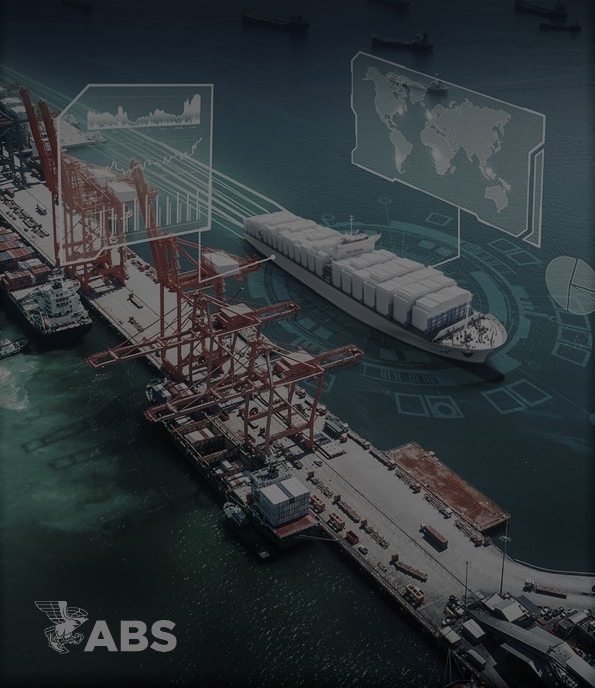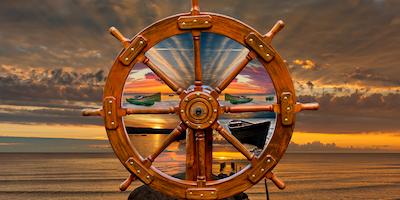Quick Links
- Rules and Resources
-
Services
Quick Links
Offshore- Production
- Offshore Support Vessels
- Exploration
- Offshore Wind Projects
- Offshore Wind Vessels
- Subsea Solutions
- Offshore Sustainability
- Offshore Space Support
- Floating Production Storage and Offloading (FPSOs)
- Offshore Energy Production
- Offshore Aquaculture
- Subsea Mining
- Novel Concepts and New Technologies
- Offshore Decommissioning
Sustainability and Decarbonization- Energy Efficiency Existing Ship Index (EEXI)
- Sustainability Reporting and Assurance
- Simulation-based Energy Efficiency Evaluation Service (SIM EEE)
- Greenhouse Gas (GHG) Rating Improvement
- Greenhouse Gas Inventory and Carbon Accounting
- Carbon Capture, Utilization, and Storage (CCUS)
- Alternative Fuel Options
- Alternative Power Sources
- Marine Sustainability
- Offshore Sustainability
- Green Shipping Corridors
- Methanol Value Chain
- Gas
- Carbon Intensity Indicator (CII)
- Ammonia Value Chain
- Carbon Diligence Platform
- Innovation and Technology
-
News and Events
Quick Links
-
About
Quick Links
- Rules and Resources
- Services
- Innovation and Technology
- News and Events
- About Us and Careers
- Rules and Resources
- Rules and Guides
- Regulatory Updates
- Advisories and Debriefs
- Flag and Port State
- Engineering Software
- Engineering Reviews
- ABS MyFreedom™ Portal
- Databases
- Forms
- Services
- Classification
- Approval and Certification
- Company and Ship Audits
- Global Marine
- Global Offshore
- Global Government
- Sustainability and Decarbonization
- Digital Solutions
- Cybersecurity
- Maritime Training
- Innovation and Technology
- Technology Advancement
- Academic Engagement
- Industry Partnerships
- Data and Digitalization
- Knowledge Center
- About Us and Careers
- Who We Are
- Safety
- Careers
- Contact Us
Ballast Water Management
ABS Ballast Water Management Insights
In this recent ABS publication we provide owners and operators with the latest information surrounding BWM, as well as any additional lessons learned. Download your copy today!
Managing Ballast Water
Roughly 80% of globally traded commodities are shipped at some point in their journey across markets. Along with the transport of goods, shipping moves 3-5 billion tons of ballast water throughout the world each year. Shipowners, designers, builders and operators rely on ABS to understand international ballast water regulations and assist in the installation and proper operation of ballast water management systems (BWMS) on their vessels.
The IMO, the United States Coast Guard (USCG) and other authorities have established regulations to reduce risks to public health and the environment that result from the transfer of ballast water around the world. The ABS Ballast Water Treatment Advisory and the ABS Guide for Ballast Water Treatment are leading resources to attain ship compliance with applicable standards from ballast water authorities.
How to Safely and Responsibly Manage Ballast Water
To adhere to responsible ballast water management standards in the IMO’s Ballast Water Management Convention, shipowners must do the following:
- Develop a ballast water management plan
- Select and install a treatment system
- Train personnel to operate their chosen system
IMO Member States (flag Administrations) have granted type approval to more than 70 commercially available BWM systems. The USCG has granted Alternate Management System (AMS) acceptance to more than 60 of the systems that have foreign administration type approval. ABS can assist shipowners in evaluating the treatment system that best meets their needs.
The USCG Acceptable BWM Options
The USCG Standards for Living Organisms in Ships’ Ballast Water Discharged in U.S. Waters (June 2012) identified the following BWM options:
- No ballast water discharge
- Use a USCG type approved BWMS
- Discharge to a facility onshore or another vessel for purposes of treatment
- Use only water from a U.S. public water system
Temporary compliance options include:
- Perform a complete ballast water exchange (BWE) prior to the vessel’s compliance date
- Use an alternate management system (AMS) for no longer than 5 years from the vessel’s USCG compliance date
The USCG will inspect BWMS as part its normal port state control (PSC) inspections and domestic vessel inspections.
USCG AMS Extensions
On April 9th 2020, the USCG published guidance on Alternative Management System (AMS) extensions in MSIB 14-20, “COVID-19: Ballast Water Management (BWM) Extensions”. This guidance permits owners and operators with installed AMS that are nearing the end of their five year AMS acceptance period, to seek a USCG extension to continue operating their AMS system beyond the 5 year acceptance period, provided that the installed AMS BWMS has already commenced USCG TA testing, submitted USCG TA application, and is pending approval or requires more time to complete the upgrade to the USCG TA configurations. ABS can assist owners or vendors in applying for an AMS extension for their vessels or fleet.
ABS Support
The ABS Global Sustainability team offers technical guidance, operational solutions and unparalleled insight into all facets of ballast water management, including:
- Clarification and guidance on applicable standards of BWM compliance
- Review of BWM plans
- BWMS technology evaluation services
- Training for officers and crew
- Survey, certification and inspection
- Guidance and review of biofouling management plans
- Clarification and guidance on compliance with US EPA Vessel General Permit
For more information, please contact us.
Questions or Comments?
Need more info? We're here to help! Have a member of the ABS team contact you.
© 2024 American Bureau of Shipping. All rights reserved.





